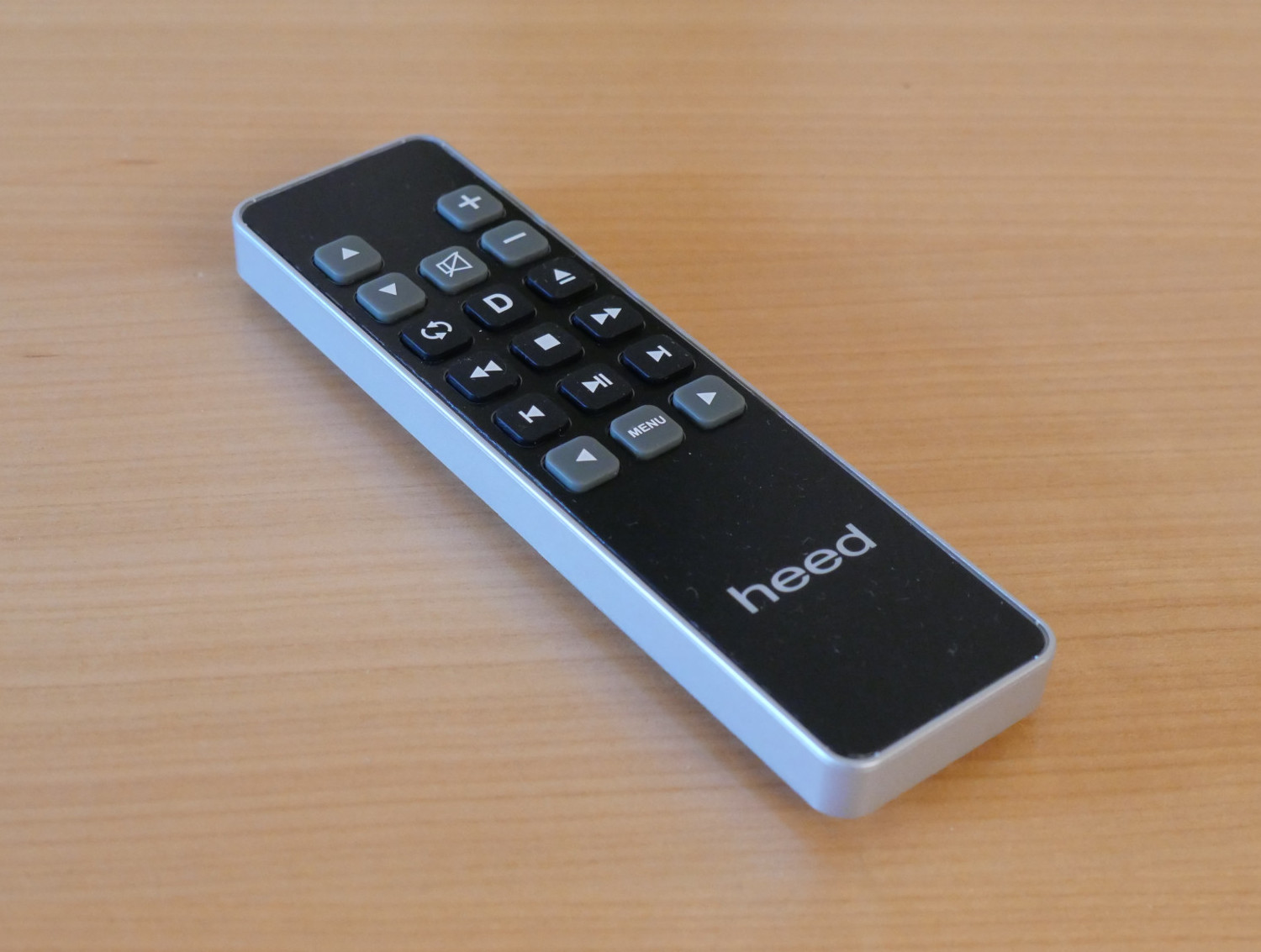Playing Isabelle Faust’s Locatelli disc, Il Virtuoso, Il Poeta (with Antonini and Il Giardino Armonico, Harmonia Mundi HMM902398) her gorgeous solo lines are beautifully articulate and contiguous, the pace natural, the instrumental accompaniment perfectly poised and balanced. Changes of pitch, pace and tempo are effortless, the shape of phrases and the relationship between the solo part and the supporting instruments explicit without being etched or spot-lit. The music is presented with a natural grace, elegance and simplicity that makes it both accessible and captivating – and leaves you in no doubt as to the quality of the players and their playing.
That natural, unforced quality extends to the soundstage and separation of players upon it. You are aware of the instrumental spread and the difference in height between the (standing) soloist and the (seated) band, but it’s an integrated part of the whole, rather than a feature, simply part of the musical picture and experience.
This presentational coherence and clarity of line are definitely performance characteristics that call to mind the better valve amps. While the Heed doesn’t offer quite the same immediacy and textural intimacy that you get from an amp like the Jadis JA30, it doesn’t demand the same investment either. Compared to tube amps closer to its price level, it offers musical and operational sophistication that they struggle to match. The Lagrange might not deliver the most immediate musical experience, but its presentation is convincingly complete and impressively convincing. This is an amp that effortlessly covers its tracks. It doesn’t do everything, but what it doesn’t do, you don’t actually notice, so enjoyable and engaging is the performance it stages. Sit it side-by-side with the Levinson 585 (an amp that costs twice as much and offers three times the power) and the Heed’s limited bandwidth and lack of absolute low-frequency extension and transparency, intra-instrumental space and separation, are clearly exposed. But so too is its sheer musical elegance, rhythmic continuity and easy musical confidence. It’s not just easy to listen to, it almost actively pulls you in, with its direct and uncompromised sense of musical communication. If great, affordable components are all about the magic in recordings and being able to access that magic at home, the Heed definitely delivers. As important as the company’s long heritage has been, this latest step really underlines just how effectively Heed has built on that solid foundation – and just how far they’ve come.

As I mentioned earlier, I used the Lagrange with a range of different speakers, including the Living Voice OBX-RW4, the Spendor SD9 and various Vienna Acoustics models, including the Liszt Reference and the remarkable Haydn Signature. Given the warmth, solidity and rich tonality of the Heed, you might assume that the OBX would be the perfect match. In practice, it was the Vienna Speakers that best hit it off with their Hungarian near-neighbour. Both the floor-standing Liszt and, especially, the diminutive Haydn proved spectacularly successful partners. It’s almost as if the amp thrives on the sort of speaker loa it can really get its teeth into. In both cases I’d have thought that 60 Watts was marginal for a matching amp: in both cases the Heed proved me wrong – and did so in emphatic style. So much so that the Heed/Haydn combination stayed semi-permanently in place, it’s results so enjoyable I was reluctant to break up the party.

